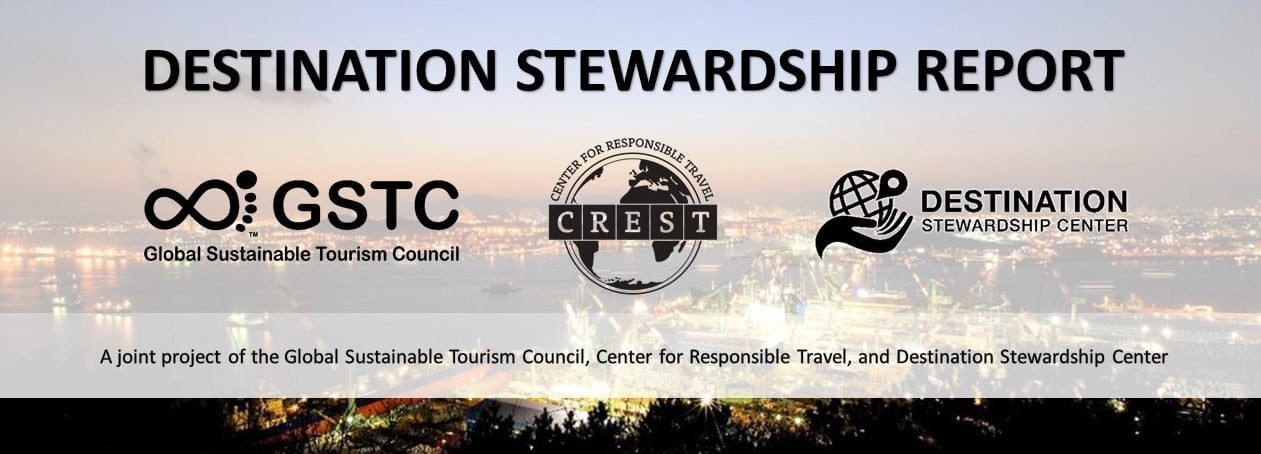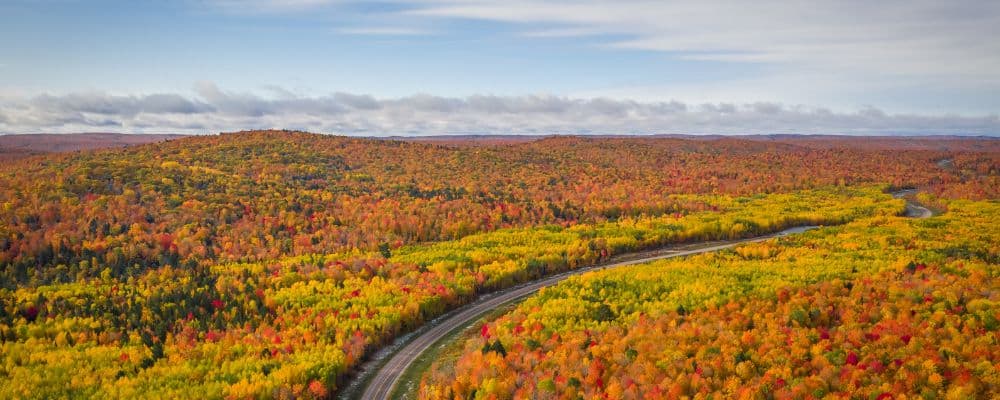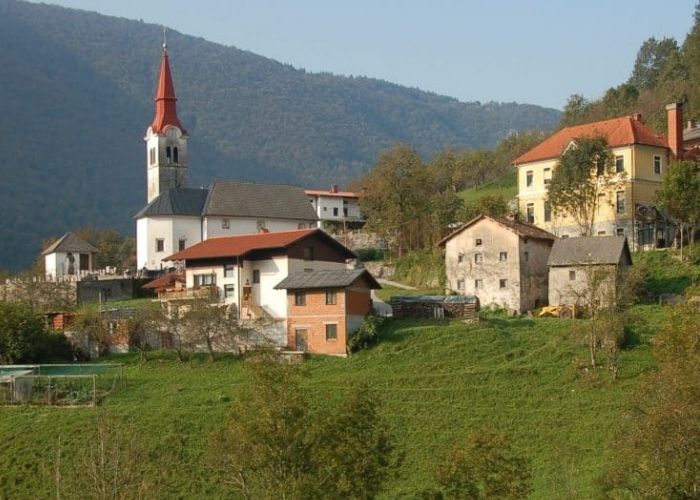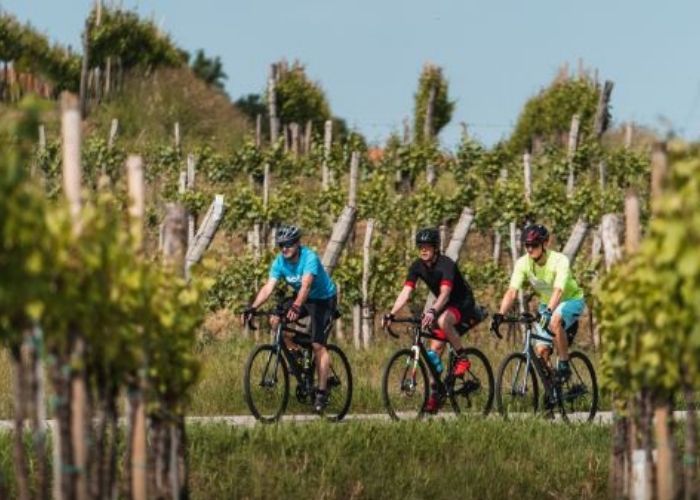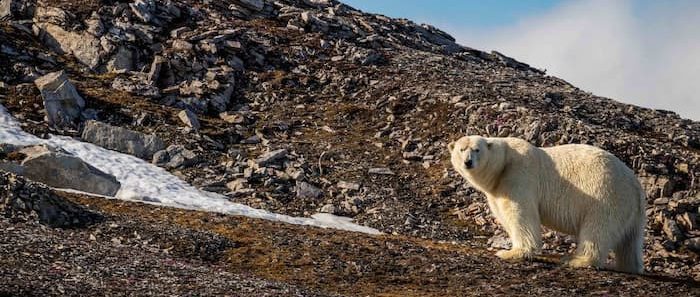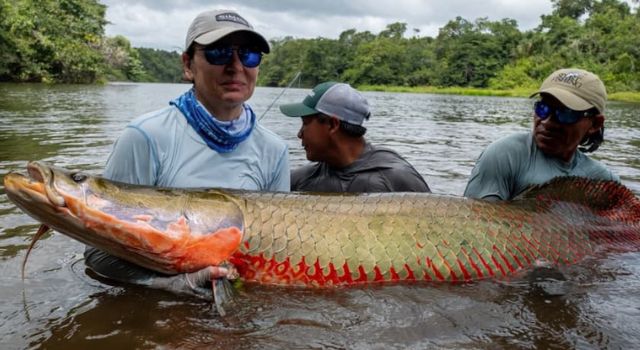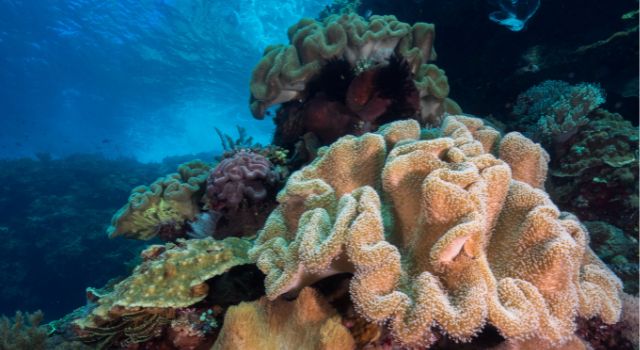Destination Stewardship Report
Spring 2022 April-June (Volume 2, Issue 4)
The Destination Stewardship Report is an e-quarterly collaboration between the Destination Stewardship Center, Center for Responsible Travel, and Global Sustainable Tourism Council. Our goal is to provide practical information and insights useful to anyone whose work or interests involve improving destination stewardship in a post-pandemic world. Subscribe HERE.
Doing It Better: Big Bay, Michigan
How does a low-population, outdoorsy locale go about convening a destination stewardship council after the extractive industries it once depended on have wound down? CREST’s Kelsey Frenkiel relates how remote Big Bay, Michigan, USA created their own council from scratch. Apparently, a good consultant can help. This is the ninth in the Destination Stewardship Center’s “Doing It Better” series on collaborative destination management in the spirit of GSTC’s Destination Criterion A1.
The Outdoors Unplugged: Building a Destination Stewardship Council on Michigan’s Upper Peninsula
Sven Gonstead came to Big Bay, Michigan, the way most people do: via County Road 550, the 30-mile expanse that links the town as if by a thread to the city of Marquette, Michigan. A driver can do a lot in 30 minutes. He can count the shades of gold and auburn that rise as if ablaze in the distance; he can tweak his mind’s radio dial until the static fades and clarity seeps in; he will almost certainly lose GPS signal by about mile marker 20. For some, the distance is a deterrent. For locals, being at the precipice of one of America’s longest dead-end roads makes their town special… READ MORE →
Two From Slovenia: Systemic Change Bears Fruit
Nationwide Tourism Change: Slovenia Shows How To Do It
We often see great accomplishments in destination sustainability by individual towns, counties, and even sizable cities. But how to get an entire country to adopt a comprehensive stewardship program? Hannah Bromm, with Dr. Jonathon Day, describe Slovenia’s award-winning solution for achieving system change.
Slovenia Tourism’s Nationwide Green Scheme
Leaders seeking to establish sustainable tourism programs often face a challenge when trying to do it across regions and political boundaries. Yet Slovenia has created a program that has been adopted by communities throughout the country, creating an ecosystem of some 60 sustainable destinations. The Green Scheme of Slovenian Tourism…READ MORE →
Slovenia’s Green Gourmet Tourist Route
The process of expanding the Green Scheme of Slovenian Tourism inspired Jana Apih and Sara Mavrič of GoodPlace to make a step toward putting the Slovenia Green concept into practice. Here they describe how uniting stakeholders committed to a greener future can transform sustainability principles into memorable and tasty experiences for visiting bicyclers and hikers, who thereby support responsible local businesses.
A Delicious Way to Promote Sustainability, Educate the Visitor, and Benefit Communities
You’re bicycling along the Slovenia Green Gourmet Route (SGGR). In this green pocket-size country the landscape changes fast. Around each corner you’ll find a new local story, an untouched forest, romantic… READ MORE →
Svalbard Overheating
With its coal mines now closing, Norway’s polar archipelago of Svalbard faces a unique set of threats: disrupted tourism, rising temperatures, and increased international vying for arctic control. Yet its extreme location also provides a unique set of opportunities for reviving tourism, according to this communiqué from Arild Molstad.
Breaking News from the Island of the Polar Bears
The inhabitants of Spitsbergen – all two thousand of them – don’t have to pore over the United Nations’ climate change reports to feel that something’s not right. On the only populated island in the Svalbard archipelago, a mere 90 minutes’ flight from the North Pole, bursts of rain are beginning to appear in February. Tourists who fly from… READ MORE →
Two Winners from the Top 100
Every year, Green Destinations organizes the Top 100 Destination Sustainability Stories competition, inviting submissions from around the world. This vetted collection of stories spotlights local and regional destinations that are making progress toward sustainable management of tourism. From the 100 winners announced last year, we’ve selected two more stories, this time from Guyana and Timor-Leste, that showcase how indigenous traditions can help communities revive endangered natural habitats, supported by responsible tourism. Synopses below by Jacqueline Elizabeth Harper.
Indigenous Guyanese Tap Tourism To Save Their “Swimming Dinosaur”
Top 100 submission by Carla James-Vantull, Director, Guyana Tourism Authority.
Traditional Reverence for Huge Fish Powers Community-Led Tourism In Village of Rewa
The giant, powerful arapaima fish of the Guyana rainforest, also known as the pirarucú, can grow up to 15 feet and 440 pounds. Its armor of tough, heavy scales earns it the moniker “swimming dinosaur”. South America’s largest river fish, it was once so revered by Guyana’s indigenous communities that taking one was taboo. But outsider harvesting beginning in the 1970s broke down the traditional ban. By the turn of the century, the arapaima were endangered by overfishing. Villagers were… READ MORE →
Reviving Cultural Traditions and Ecotourism in Timor-Leste
Top 100 submission by Mario Gomes, Present, ATKOMA (Ataúro Tourism Association).
Little Ataúro Island Makes Big Waves in Marine Conservation
At 25 square kilometres in area, what Ataúro Island lacks in size it makes up for in abundance of biodiversity. This micro island belonging to Timor-Leste lies in the Indonesian archipelago just north of the country’s capital, Dili, on the eastern portion of the island of Timor.
Ataúro is home to one of the most biodiverse reefs in the world and has the highest average of reef fish species on the planet. Controlling exploitation of these natural resources has been difficult. The majority of Ataúro inhabitants come from a long history… READ MORE →
Bookshelf
Asian Development Bank (2021). Sustainable Tourism After COVID-19: Insights and Recommendations for Asia and the Pacific. Asian Development Bank. Examines the pre-pandemic tourism system, the impacts of COVID-19, and how Asian tourism might be reset to contribute more effectively to the Sustainable Development Goals.
Gajdošík, T. (2022). Smart Tourism Destination Governance. Routledge. This book provides a comprehensive overview and analysis of smart tourism destination governance and its related challenges.
Gona, J. K. and Atieno, L. (2022). Sustainable Tourism Dialogues in Africa (De Gruyter Studies in Tourism Book 7). De Gruyter. Authors pinpoint the necessary actions for bringing about transformations in the sustainable development of tourism in Africa.
Pacelli, V. and Sica, E. (2022). The Economics and Finance of Cultural Heritage. Routledge. Delves into the financial assessment of heritage assets with a focus on evaluation models, the technique of project financing, and wealth management in the art sector.
Slocum, S.L., Wiltshier, P. and Basil Read IV, J. (2022) Tourism Transformations in Protected Area Gateway Communities. CABI Publishing. Provides bottom-up, informed, and nuanced approaches to tourism management using local experiences from gateway communities and protected areas.
Note: quotes are publisher blurbs
Destination Monitor
➢ Activists Warn Maya Train Would Hurt Yucatán Heritage, Nature | Art Newspaper
➢ Kyrgystan Plan for “Eco-City” Threatens Environment | Radio Free Europe Tourist center may hurt ecosystem
➢ Palau’s Tourism Slump Fuels Move to Shrink No-Fishing Zone | Time
➢ Post-Covid Tourism Surge Riles Hawaiians | Euronews
➢ Seychelle Island’s Car Ban at Risk | BBC La Digue moves to protect its carless character.
➢ UAE’s Ras al Khaima Losing Sustainability Cred | Skift
➢ Yellowstone Wolves Spark New Debate – Ecotourism vs Ranching | CBS News Buffer-zone hunting splits communities.
➢ Riviera Maya Draws Partygoers, Drugs, Homicides | WSJ
➢ Colorado DMOs Freed to Tackle Crowding | Colorado Sun Legislature removes marketing restriction.
➢ Is Tourism Bad For Us? | Guardian
➢ Thailand’s Trashed Maya Bay Has Reopened | Asia Media Sustainable maybe, but as a photo op?
➢ Montana, USA Valley Aims for Destination Stewardship | Flathead Beacon
➢ Prized Ukrainian Architectural Heritage at Risk | WSJ
➢ Virginia’s Shenandoah NP Tests New Hiking Fees | Washington Post Overtourism controls come to hyper-popular Old Rag
➢ DSC’s Destination Monitor and Travindy offer continuing selections of news stories.
Sponsored by:



Editor – Jonathan B. Tourtellot
Assistant Editors – Ellen Rugh, Amber Smith
Illustrations Editor – Gabe Gerson
Editorial assistance – Alix Collins, Michele Archie,
Gabe Gerson, Siobhán Daly, Lucy Matthews, Shelby Luzzi
Newsletter design & distribution – Tiffany Chan


